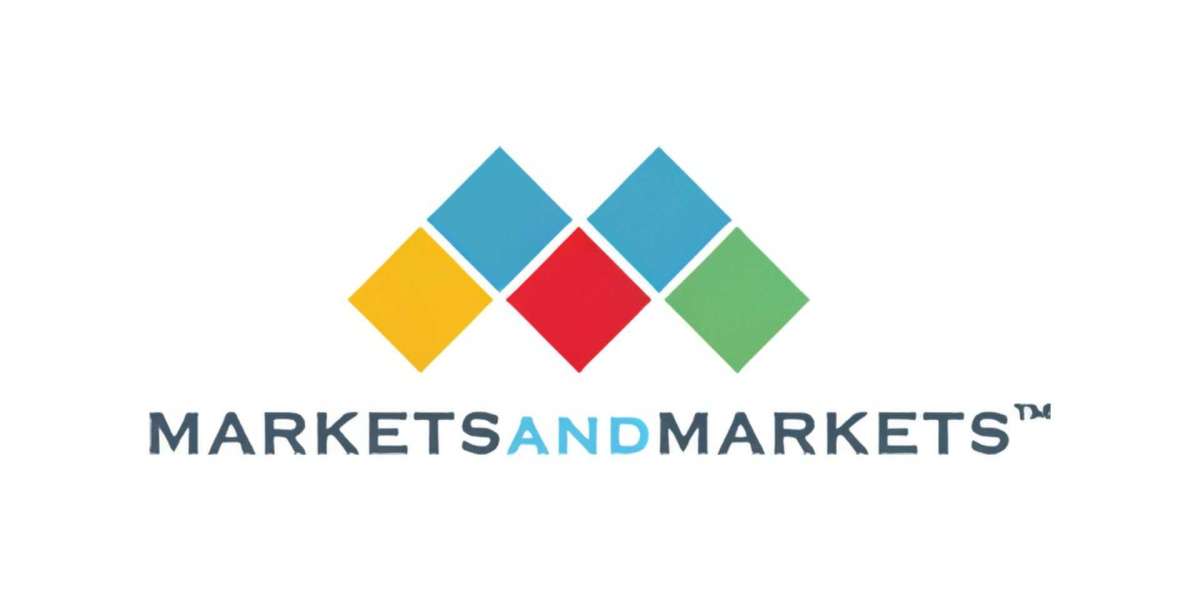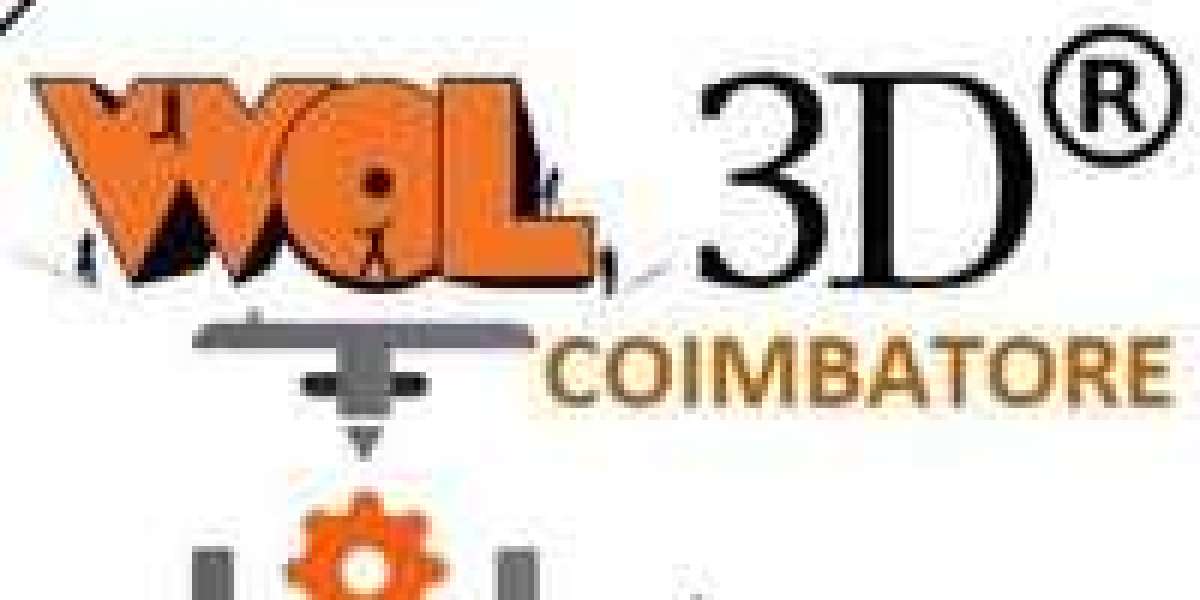In the ever-evolving landscape of healthcare, the significance of monitoring lipid profiles cannot be overstated. Lipid profiles, which measure the levels of various fats in the blood, are crucial indicators of cardiovascular health. This article delves into the importance of lipid profile monitoring, offering a comprehensive perspective on why it is a cornerstone of preventive healthcare.
The Importance of Monitoring Lipid Profiles in the Healthcare Industry
Monitoring lipid profiles is essential for early detection and management of cardiovascular diseases. Lipid profiles typically include measurements of total cholesterol, low-density lipoprotein (LDL), high-density lipoprotein (HDL), and triglycerides. Elevated levels of LDL and triglycerides, coupled with low levels of HDL, are significant risk factors for heart disease and stroke. By regularly assessing these parameters, healthcare providers can identify at-risk individuals and implement timely interventions.
Preventive Healthcare and Lipid Profiles
Preventive healthcare is a proactive approach that focuses on averting diseases before they manifest. Lipid profile monitoring plays a pivotal role in this strategy. For instance, individuals with a family history of heart disease can benefit immensely from regular lipid checks. Early identification of abnormal lipid levels allows for lifestyle modifications and medical treatments that can prevent the progression of cardiovascular conditions.
Impact on Global Health
The global burden of cardiovascular diseases is staggering, with millions of deaths attributed to heart disease and stroke each year. By emphasizing the importance of lipid profile monitoring, healthcare systems worldwide can reduce this burden. Countries with robust screening programs have demonstrated lower incidences of cardiovascular events. For example, widespread lipid screening in Scandinavian countries has contributed to their lower heart disease rates compared to global averages.
Technological Advancements in Lipid Monitoring
Technological innovations have revolutionized the way lipid profiles are monitored. Advanced diagnostic tools and portable lipid testing devices have made it easier for individuals to track their lipid levels. These advancements not only enhance the accuracy of lipid measurements but also make regular monitoring more accessible. Telemedicine platforms further facilitate remote lipid profile assessments, ensuring that even those in remote areas can benefit from regular screenings.
Integrating Lipid Profiles into Routine Check-Ups
Incorporating lipid profile assessments into routine medical check-ups is a practical approach to enhancing public health. Regular lipid testing should be as commonplace as blood pressure measurements. This integration ensures that lipid abnormalities are detected early, allowing for prompt intervention. For example, annual health check-ups that include lipid profiles can help identify individuals at risk of developing cardiovascular diseases, enabling early lifestyle and dietary changes.
Conclusion
The importance of monitoring lipid profiles in the healthcare industry is undeniable. By prioritizing lipid profile assessments, healthcare providers can significantly reduce the incidence of cardiovascular diseases. The integration of lipid monitoring into routine healthcare, coupled with technological advancements, offers a promising pathway to improved global health outcomes. As we continue to advance in medical science, the role of lipid profiles in preventive healthcare will only become more critical.
In conclusion, the proactive monitoring of lipid profiles is a vital component of modern healthcare. It empowers individuals and healthcare providers alike to take charge of cardiovascular health, ultimately leading to healthier, longer lives.








